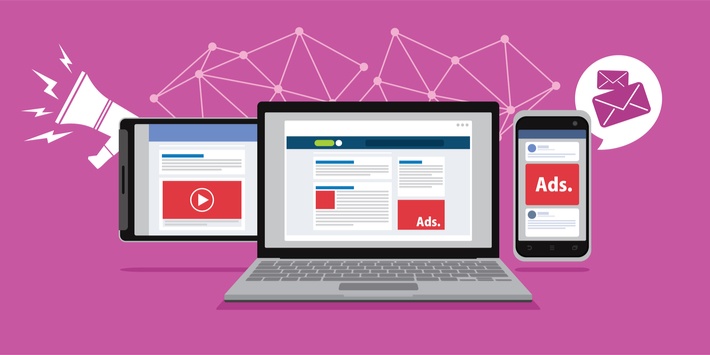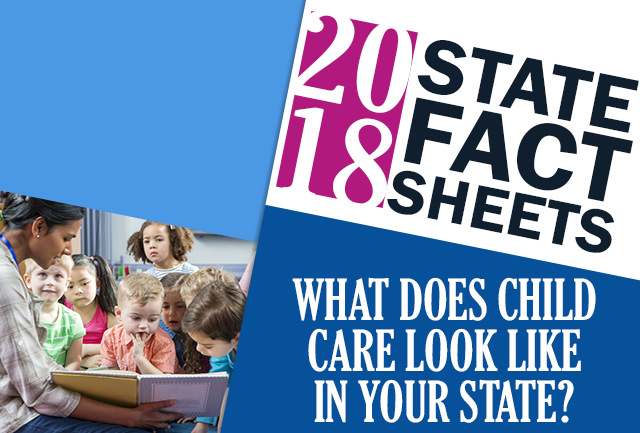If you’re like most CCR&R professionals out there, you’ve likely heard about the Power to the Profession initiative, but you might not know much about it. Maybe you know the initiative was started to transform the early childhood field but aren’t sure what that really means or entails. Maybe you’re already excited about Power to the Profession but you’re still unclear what it has to do with you as a CCR&R or what you can do to get involved.
Whether you’re hearing about Power to the Profession for the very first time or intimately familiar with the initiative but looking for ways to explain it to your colleagues (or somewhere in between), we’ve compiled the top ten essential points every CCR&R should know about this very important initiative.
1. Power to the Profession is Seeking to Standardize the Early Childhood Profession
While the early education field has some of the core components that define a profession—distinct responsibilities, competencies, continuing education requirements, etc.—they are not standardized from state to state or even setting to setting. Power to the Profession is intended to professionalize the early childhood field by standardizing such components.
2. Power to the Profession Has Its Roots in Research
Power to the Profession is grounded in research from the 2015 report, Transforming the Workforce for Children Birth Through Age 8: A Unifying Foundation. The report provides recommendations and guidance on system changes to improve the quality of professional practice and specific actions needed to improve the early childhood professional development system and workforce.
3. There are Four Main Goals of Power to the Profession
- Goal #1: Provide a common definition of what it means to be an early childhood professional.
- Goal #2: Develop recommendations on what type of education, training, and competencies early childhood educators need in order to teach young children.
- Goal #3: Develop ways to finance the early childhood system.
- Goal #4: Develop structures that will hold us accountable to this new system.
4. Over 50 National Agencies are Contributing to Power to the Profession
The Power to the Profession’s task force is being lead by 15 national organizations who represent and work with early childhood educators such as ZERO TO THREE, the National Head Start Association, and Child Care Aware® of America. In addition to the 15 task force agencies, more than 30 national stakeholders also participate in Power to the Profession, including participants like the BUILD Initiative, Center for American Progress, and New America.
5. There are Eight Planned Decision Cycles
The task force meets about every three months to review and discuss the research on the specific Decision Cycles under review. The planned Decision Cycles are eight topics the task force discusses during their meetings:
- Decision Cycle 1: Professional Identity and Boundary
- Decision Cycle 2: General Competencies
- Decision Cycle 3, 4, and 5: Specializations, Competency Attainment Source, Qualifications, and Pathways
- Decision Cycle 6: Compensation
- Decision Cycle 7: Accountability and Quality Assurance
- Decision Cycle 8: Required Support and Infrastructure
6. CCR&Rs are Critical to the Success of Power to the Profession
CCR&Rs have a direct link to child care providers and other early childhood systems in their communities such as K-12 schools, higher education, business community, coalitions, and other systems of care for children and families. CCR&Rs are on the frontline of delivering professional development opportunities to early childhood educators in their communities. They are uniquely positioned to prepare the early childhood field as we evolve into a profession.
7. CCR&Rs Have a Role in Spreading the Word about Power to the Profession
CCR&Rs should engage in conversation with others in the field, especially individuals who may not know about the Power to the Profession work, such as rural family child care providers or teachers whose first language is not English. CCR&R agencies may be the only agency working with these providers on a regular basis and the only way that they will hear about the movement. CCR&Rs can also encourage providers to comment on the Decision Cycles as they are released so that their opinions are heard and considered by the Task Force.
8. CCR&Rs Should Engage Their Communities about Power to the Profession
The professional development needs of the early childhood field will no doubt evolve as the profession evolves. CCR&R agencies therefore need to be engaging with and forging new partnerships with their community colleges and others in their community that offer professional development now in anticipation of the changing need. Read more about what you can do to engage community partners in this e-book.
9. CCR&Rs Should Educate Staff about Power to the Profession
Because the role of CCR&Rs in Power to the Profession is critical, it’s important that CCR&Rs educate staff about the initiative and strategize with them to engage with the community around the initiative. Read more about what agencies can do internally for Power to the Profession in this e-book.
10. CCR&Rs Can Learn from Each Other about Power to the Profession
Child Care Aware® of America has developed an online Community of Practice Power to the Profession site where the CCR&R community can network and learn from each other in our quest to professionalize the field.






